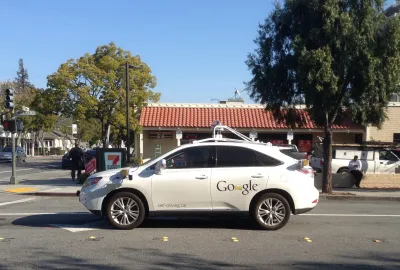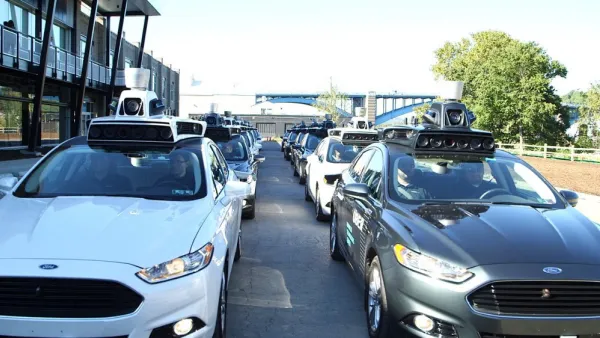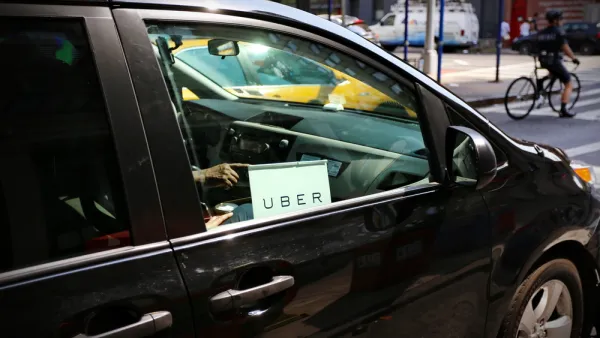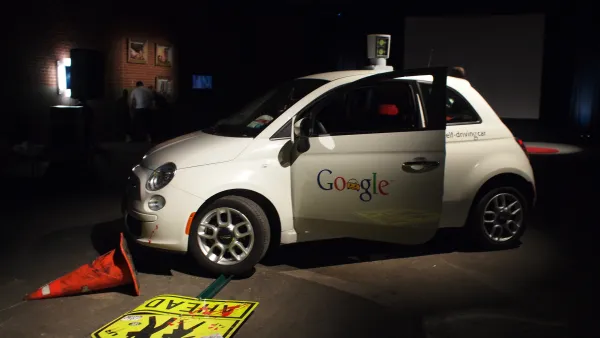So far, only a small minority of major cities have considered self-driving cars in their long-range transportation plans. The question is, should policymakers embrace them or stand in their way?

Citing a report from the National League of Cities, Kim-Mai Cutler contends that many American cities are ignoring self-drivers in their long-range planning. "What's even more surprising is that only 3 percent of these cities' transit plans are even taking into account the impact of ride-hailing companies like Uber and Lyft even though they already operate in 60 of the 68 largest markets in the U.S."
Prospects for autonomous vehicles are intimately tied to land use policy. "The concern is that if suburban governments shirk at designing better, more compact physical space, the additional efficiencies and comforts of self-driving cars will just induce longer mega-commutes and more sprawl, which is bad for the environment."
Much of this hinges on whether self-driving cars (if they catch on) will be privately owned or shared via a transit-like utility. "It's concerning because no one actually knows how much efficiency self-driving cars can really provide. It could be a repeat of the 1940s when streetcar lines in U.S. cities like Los Angeles were dismantled to make way for cars and buses."
FULL STORY: How Many American Cities Are Preparing For The Arrival of Self-Driving Cars? Not Many.

National Parks Layoffs Will Cause Communities to Lose Billions
Thousands of essential park workers were laid off this week, just before the busy spring break season.

Retro-silient?: America’s First “Eco-burb,” The Woodlands Turns 50
A master-planned community north of Houston offers lessons on green infrastructure and resilient design, but falls short of its founder’s lofty affordability and walkability goals.

Delivering for America Plan Will Downgrade Mail Service in at Least 49.5 Percent of Zip Codes
Republican and Democrat lawmakers criticize the plan for its disproportionate negative impact on rural communities.

Test News Post 1
This is a summary

Test News Headline 46
Test for the image on the front page.

Balancing Bombs and Butterflies: How the National Guard Protects a Rare Species
The National Guard at Fort Indiantown Gap uses GIS technology and land management strategies to balance military training with conservation efforts, ensuring the survival of the rare eastern regal fritillary butterfly.
Urban Design for Planners 1: Software Tools
This six-course series explores essential urban design concepts using open source software and equips planners with the tools they need to participate fully in the urban design process.
Planning for Universal Design
Learn the tools for implementing Universal Design in planning regulations.
EMC Planning Group, Inc.
Planetizen
Planetizen
Mpact (formerly Rail~Volution)
Great Falls Development Authority, Inc.
HUDs Office of Policy Development and Research
NYU Wagner Graduate School of Public Service





























